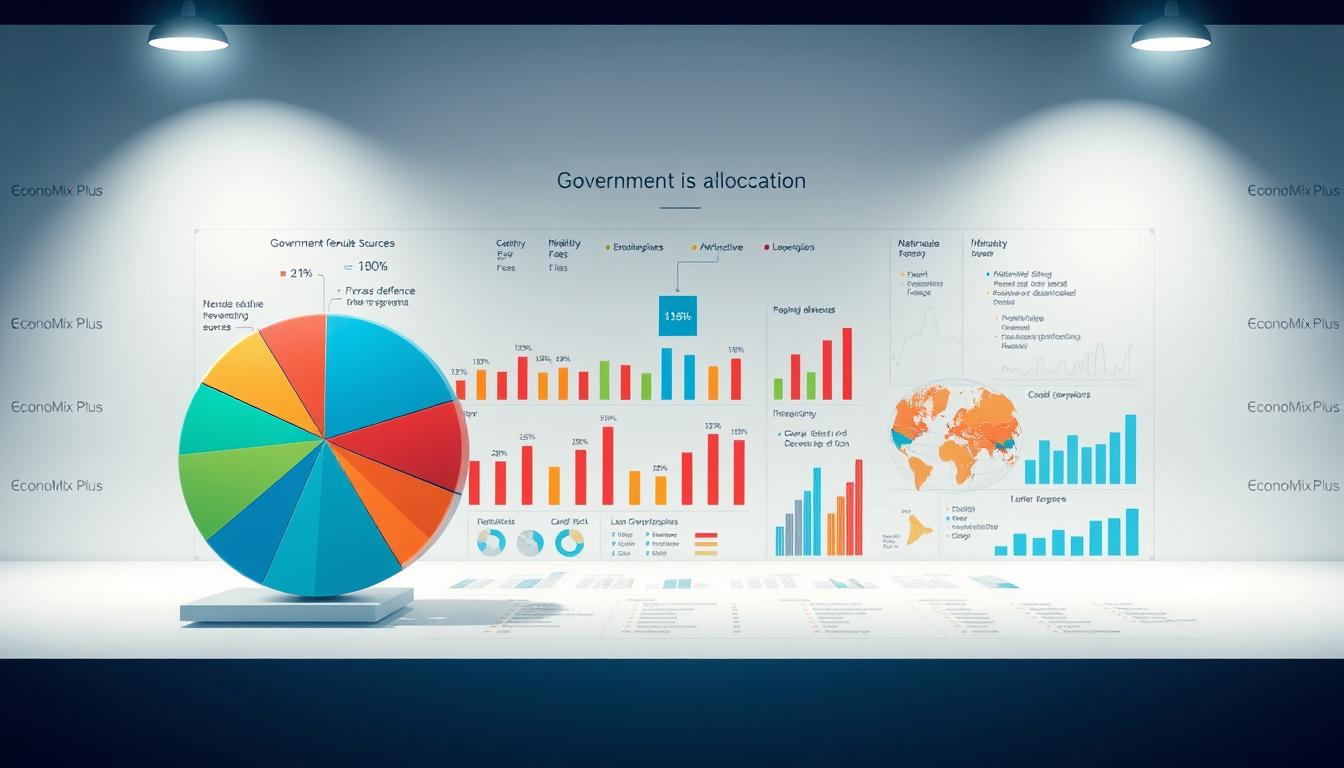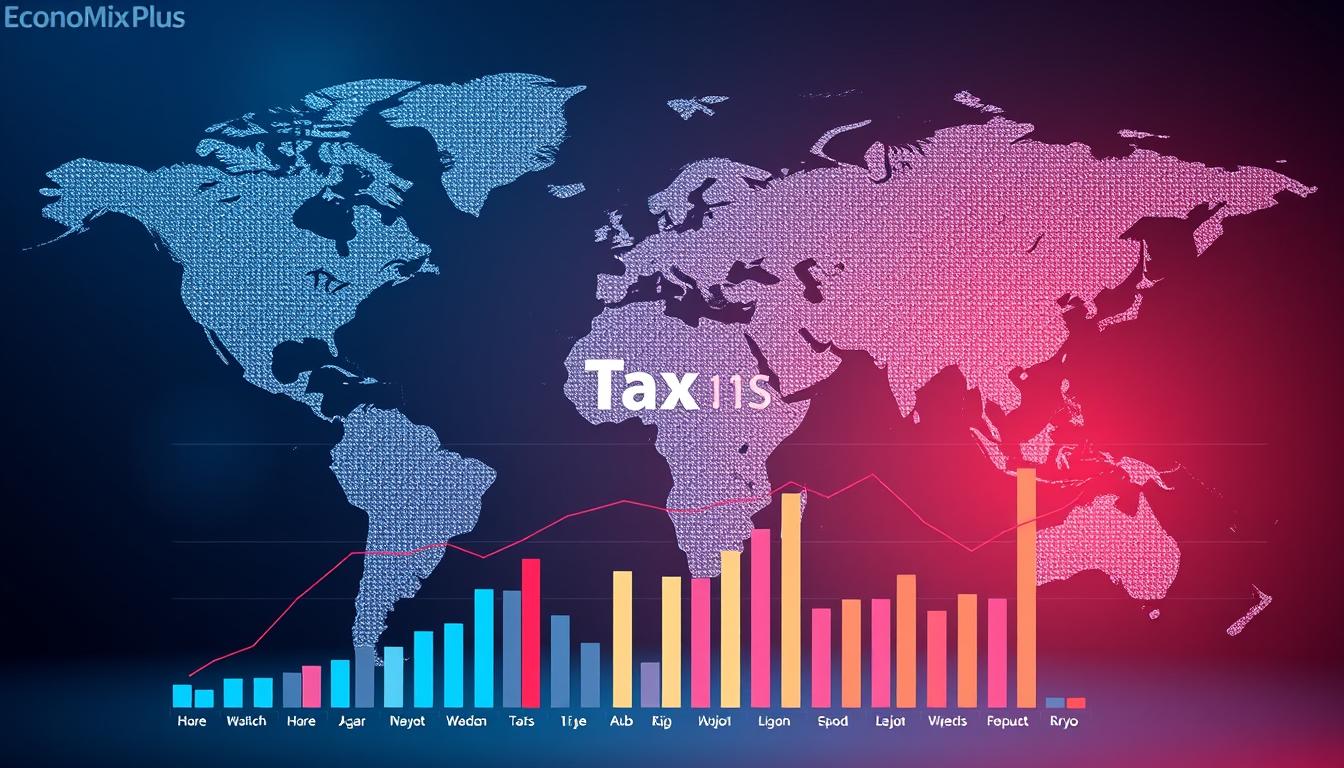Every year, millions of Americans contribute a portion of their earnings to support systems most rarely see firsthand. This financial engine fuels everything from neighborhood schools to advanced military technologies. But how does this mandatory contribution translate into tangible protection for the nation?
The U.S. Constitution grants the federal government authority to collect revenue through mechanisms like income taxes. These funds form the backbone of critical infrastructure, including highways, law enforcement, and military readiness. Article 1 explicitly empowers this process, ensuring resources shift from private wallets to public priorities.
Public services depend on this redistribution. Police departments, courts, and disaster response teams operate because taxpayer dollars enable their existence. Similarly, defense agencies rely on consistent funding to maintain equipment, personnel, and global strategic operations. Without this flow of revenue, essential programs would collapse.
Balancing individual financial sacrifices with collective benefits remains central to this system. While taxpayers surrender part of their income, they gain security, education access, and maintained infrastructure. Later sections will explore how budgeting decisions allocate these funds between immediate needs and long-term defense strategies.
Key Takeaways
- Tax revenue supports vital public services like law enforcement and military operations
- The U.S. Constitution authorizes federal tax collection to fund national priorities
- Redistribution of funds ensures infrastructure and security systems remain operational
- Taxpayer contributions directly enable defense agencies to protect national interests
- Budget decisions balance immediate community needs with long-term strategic goals
The Importance of Taxes in Supporting Public Services and National Security
Citizens fuel essential systems through mandatory contributions collected by federal and state authorities. These pooled funds create shared infrastructure like roads, schools, and emergency response networks that benefit everyone. The contributions made by individuals and businesses alike play a crucial role in ensuring that these services are not only maintained but also improved over time.
For instance, taxes collected from income and sales directly support the construction and upkeep of public facilities, while also enabling essential services such as public transportation and healthcare. By investing in these communal resources, citizens help to foster a safer and more educated society, where everyone has access to the necessary tools for success and well-being.
Essential Services Sustained by Collective Contributions
Classroom simulations reveal how revenue allocation works. Students track how $1,000 in hypothetical payments splits between police departments, fire stations, and public libraries. One exercise shows:
| Service | Funding Source | Community Impact |
|---|---|---|
| Highway Maintenance | Gas Taxes | Safer roads |
| Public Schools | Property Taxes | Updated textbooks |
| Disaster Relief | Federal Grants | Emergency shelters |
From Wallets to Water Treatment Plants
Interactive modules demonstrate resource transfers. When businesses pay corporate taxes, those dollars fund wastewater management systems. Individuals supporting social security through payroll deductions ensure retirement benefits for millions.
Online assessments highlight transparency. Participants trace how sales tax increases directly correlate with expanded ambulance fleets in rural counties. This visible cause-effect relationship builds trust in fiscal systems.
Reliable income streams let municipalities plan long-term projects. A steady flow of funds ensures police departments replace aging vehicles and schools hire qualified teachers. These operational necessities depend on consistent revenue collection.
How Can Taxes Help Fund National Defense?
In 2024, the U.S. government directed $1.4 trillion toward safeguarding borders and maintaining global stability. This substantial investment represents over half of all discretionary spending approved by Congress. These financial decisions directly affect troop readiness, technological superiority, and intelligence capabilities.
Defense Spending Breakdown within the Federal Budget
Military allocations consume 53% of annual discretionary funds, surpassing healthcare and education combined. The table below illustrates key comparisons:
| Category | Percentage | Amount (2024) |
|---|---|---|
| Defense | 53% | $1.4 trillion |
| Healthcare | 18% | $486 billion |
| Education | 12% | $324 billion |
| Infrastructure | 9% | $243 billion |
Tax Dollars and Military Programs
Revenue from income and corporate taxes fuels advanced fighter jet development and cybersecurity initiatives. For every $100 collected, $15 supports naval fleet modernization and veteran healthcare systems.
Congressional committees determine annual military budgets through bipartisan negotiations. This process ensures continuous funding for strategic priorities like satellite networks and missile defense shields. Balanced allocations prevent overspending while maintaining combat readiness.
Government Revenue: The Backbone of Defense and Other Programs
Layered taxation systems create a financial framework supporting both security initiatives and community needs. Federal, state, and local authorities each play distinct roles in gathering and distributing funds through mechanisms like income levies and sales taxes. The federal government primarily relies on income taxes, which are crucial for funding national defense and social programs. State governments, on the other hand, utilize sales taxes and property taxes to finance essential services such as education and transportation infrastructure.
Local authorities further contribute by collecting fees for utilities and permits, which help sustain community services like public libraries and emergency response units. Together, these interconnected systems ensure a balanced approach to funding, addressing both the immediate needs of citizens and the overarching security requirements of the nation.

Three-Tiered Financial Foundations
The federal government relies primarily on income taxes, funding programs like Social Security and military operations. State administrations collect sales and property taxes to maintain highways and public schools. Local municipalities use utility fees and business licenses to support libraries and fire departments.
| Year | Federal Revenue | State Collections | Local Sources |
|---|---|---|---|
| 2000 | $2.0 trillion | $780 billion | $620 billion |
| 2010 | $2.2 trillion | $865 billion | $704 billion |
| 2020 | $3.4 trillion | $1.1 trillion | $914 billion |
Evolving Fiscal Landscapes
Post-9/11 security demands shifted revenue allocation, with defense spending growing 68% between 2001-2011. Recent healthcare expansions required states to increase Medicaid contributions by 22% since 2015. “Revenue diversification prevents overreliance on single funding streams,” notes a 2023 fiscal policy report.
Education systems demonstrate this balance. Federal grants cover 12% of school budgets, while local property taxes fund 45%. Job training initiatives receive blended financing – 60% from state coffers and 40% through federal partnerships.
Navigating the Federal Budget and Spending Priorities
Federal budget decisions shape national priorities through careful resource distribution. Two distinct categories govern this process: mandatory spending for legally required programs and discretionary funding for adjustable allocations. Understanding this split reveals how security needs compete with social commitments.
Mandatory spending encompasses essential programs that the government is legally obligated to fund, such as Social Security and Medicare, which provide critical support to millions of Americans. This category is often seen as untouchable in budget discussions, as cutting these funds can lead to significant social repercussions. In contrast, discretionary funding is more flexible and subject to annual review by Congress, allowing for adjustments based on current political priorities and emerging needs.
This dynamic creates a tension between funding for national defense, which often takes precedence, and social programs aimed at education, health, and welfare. As a result, the allocation of resources reflects broader societal values and the ongoing debate about the role of government in addressing both security and social issues.

Mandatory Spending vs. Discretionary Funding
Mandatory expenditures cover programs like Social Security and Medicare, consuming 63% of the 2024 budget. These payments operate on autopilot, determined by eligibility rules rather than annual votes. By contrast, discretionary funds require congressional approval each year for defense, education, and infrastructure.
| Category | 2024 Percentage | Key Programs |
|---|---|---|
| Mandatory | 63% | Social Security, Medicare |
| Discretionary | 30% | Military, Transportation |
| Interest | 7% | Debt Payments |
Allocation of Funds for National Defense
Military needs claimed 53% of 2024’s discretionary budget – $1.4 trillion. Congressional committees negotiate these figures through a 12-step process lasting nine months. “Balancing immediate security demands with future healthcare costs remains our greatest challenge,” states a recent Government Accountability Office report.
Tax income directly influences this balance. For every dollar collected, 15 cents supports defense systems while 33 cents funds mandatory benefits. Lawmakers face mounting pressure to modernize equipment without reducing veteran healthcare access.
Annual budget debates highlight tough choices. Rising cybersecurity threats demand increased investments, yet aging populations require expanded Medicare coverage. These competing needs test policymakers’ ability to protect both citizens and borders.
Comparative Perspectives: U.S. Tax Systems in a Global Context
Tax structures vary globally, with the United States standing apart from many OECD nations in its approach. While European countries lean heavily on consumption taxes, America prioritizes individual income levies. This distinction shapes how governments fund priorities like infrastructure and security.
In the U.S., the reliance on income taxes means that fluctuations in employment and wages can significantly impact revenue generation. Conversely, many OECD countries benefit from stable consumption tax revenues that grow with economic activity, providing a more predictable funding source. This fundamental difference not only influences budgetary decisions but also affects the overall economic resilience of these nations.

Individual Income Taxes and Consumption Taxes
The U.S. collects 41% of its revenue from individual income taxes – double the OECD average. Countries like Germany and Norway generate over 30% of funds through value-added taxes (VAT), compared to America’s 18% sales tax contribution. This gap stems from political resistance to nationwide consumption taxes and existing state-level systems.
Historical precedents explain this divergence. Many European nations adopted VAT systems post-WWII to rebuild economies efficiently. The U.S. maintained progressive income taxation, using withholding systems established during the 1940s. This approach aligns with cultural preferences for taxing earnings rather than purchases.
The Role of Businesses in the Tax Collection Process
American employers act as financial intermediaries, remitting $3.6 trillion annually through payroll systems. Companies handle:
- Income tax withholding from employee wages
- Social Security and Medicare contributions
- Unemployment insurance payments
This system contrasts with Sweden’s model, where 78% of taxes flow directly through government portals. Reliance on businesses creates administrative burdens but ensures steady revenue streams. A 2023 OECD report notes: “Automated payroll systems reduce evasion risks while funding essential programs.”
Global comparisons highlight trade-offs. Nations with higher VAT rates often offset regressive impacts through rebates for low-income households. These insights fuel debates about modernizing U.S. tax codes while maintaining defense and social program funding.
Conclusion
The financial backbone of America’s stability rests on structured contributions from individuals and businesses. Constitutional authority enables the collection of income and corporate taxes, which directly support security systems and community resources. These funds maintain everything from aircraft carriers to school lunch programs.
Federal data shows over half of discretionary spending strengthens military readiness while balancing healthcare and infrastructure needs. Taxpayers’ dollars create shared value through roads, emergency response networks, and border protection – services no private entity could singularly sustain.
Though personal budgets tighten, collective gains in safety and opportunity justify the exchange. Effective policy ensures revenue streams remain reliable across local, state, and federal operations. This balance lets governments address immediate threats while investing in long-term societal health.
Understanding these fiscal connections empowers citizens to engage critically with spending debates. Informed perspectives shape priorities that protect both communities and national interests – a responsibility every American shares.














